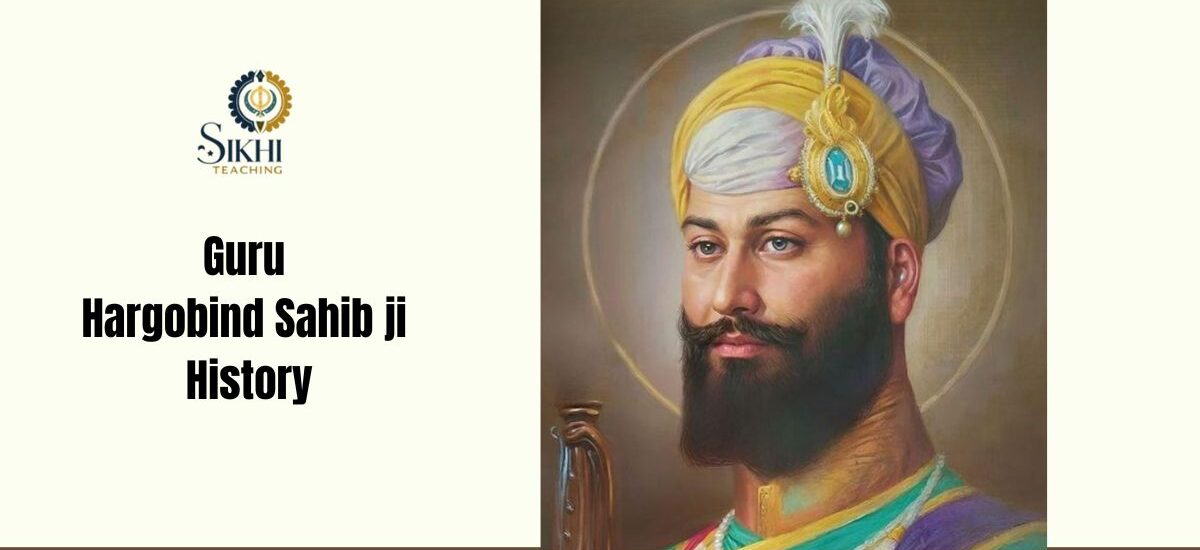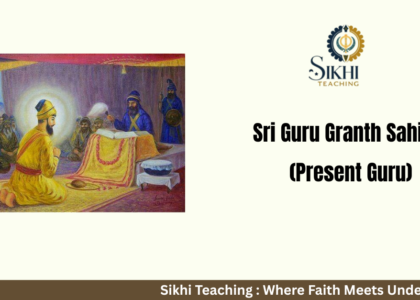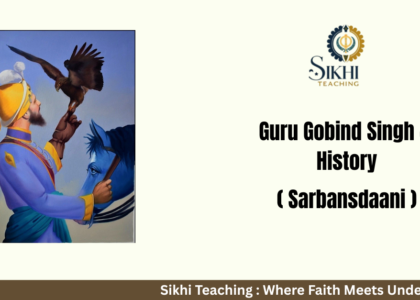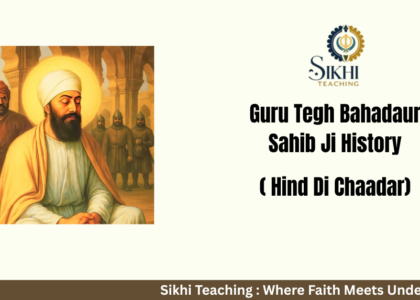History of Sri Guru Hargobind Sahib Ji: The Sixth Sikh Guru
Guru Hargobind singh Ji is The sixth Sikhism-related Guru. After his father, Guru Arjan Dev Ji, was martyred in 1606, he became a guru. The idea that Sikhs should be prepared to defend the helpless and combat injustice (physical strength) in addition to praying and meditating (spiritual strength) was presented by Guru Ji.
Early Life of Sri Guru Hargobind Sahib Ji
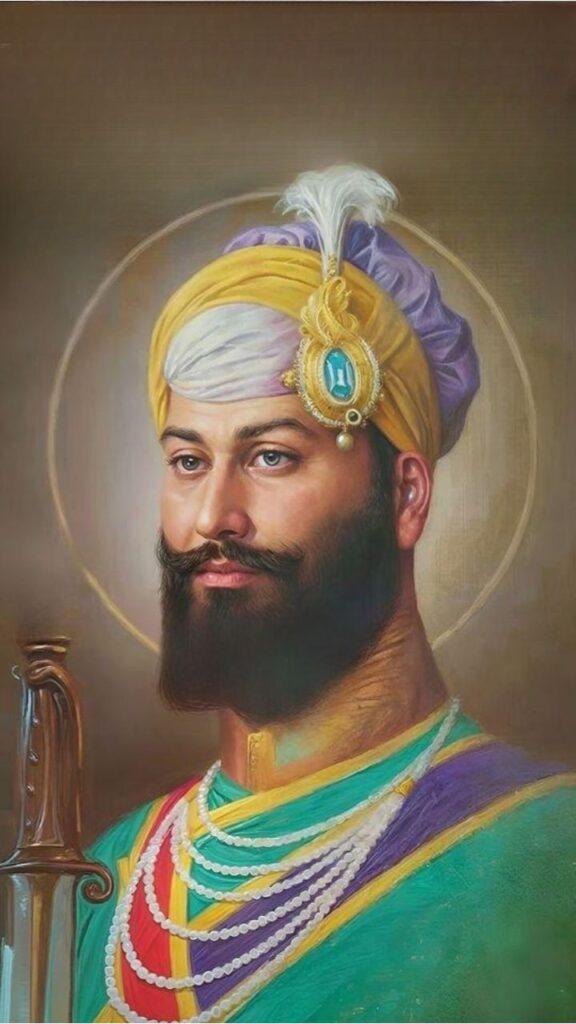
On June 19, 1595, Guru Hargobind Sahib Ji was born in the village of Guru Ki Wadali, which is close to Amritsar. His mother was Mata Ganga Ji, and his father was the fifth Sikh Guru, Guru Arjan Dev Ji. He received early instruction in both religious doctrine and martial techniques, including as horseback riding and sword combat.
Guruship and the Concept of Miri-Piri by Sri Guru Hargobind Sahib Ji
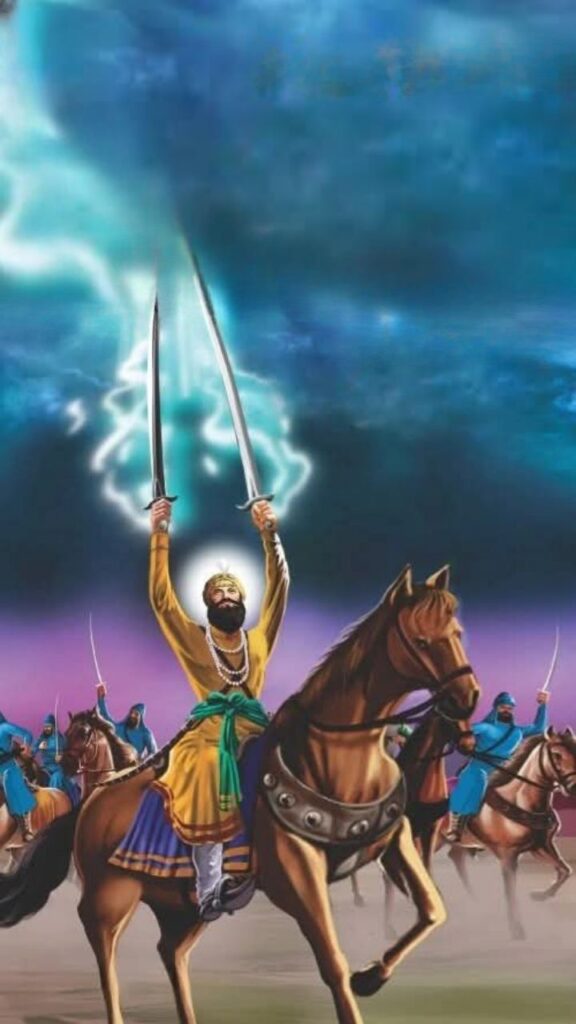
After assuming the role of Guru Ji, he began to carry two swords: one for Piri (spiritual power) and one for Miri (temporal power). This demonstrated that Sikhs should strike a balance between their spiritual lives and opposing injustice. For the first time in Sikh history, the Guru served as both a guardian and a spiritual leader.
Establishment of the Akal Takht by Sri Guru Hargobind Sahib Ji
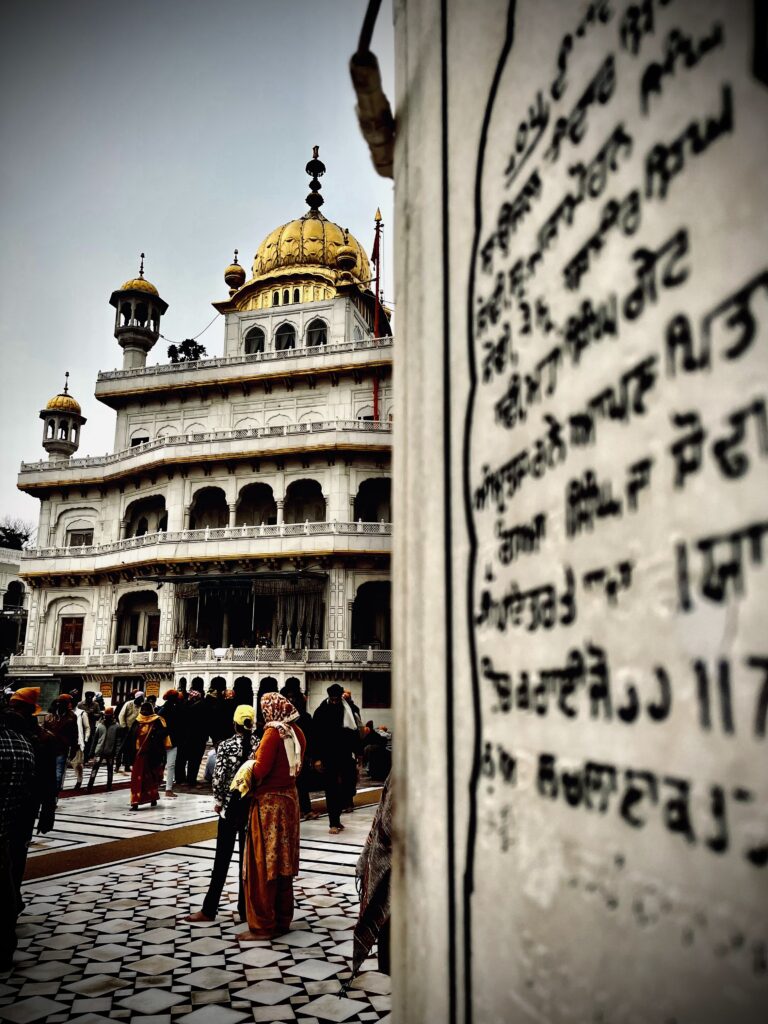
In 1606, Guru Ji constructed the Akal Takht directly in front of the Golden Temple, or Harmandir Sahib. “Throne of the Timeless One” is what “Akal Takht” signifies. It developed became the location of Sikh political power, where communal decisions were made. It is still among the top five Sikh power centers today.
Guru Sri Hargobind Sahib Ji’s Martial Leadership and Battles
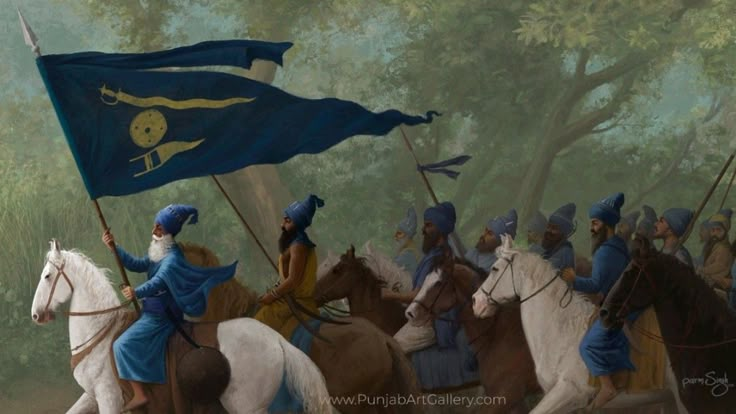
In order to defend innocent people and Sikhs from the Mughal emperors, Guru Ji led multiple fights. He taught Saint-Soldiers in self-defense and gathered a small army of them. He engaged in combat at locations including as Kartarpur, Hargobindpur, and Amritsar. Guru Ji’s mission was to uphold justice and truth, not to conquer territory.
Guru Sri Hargobind Sahib Ji's Contributions to Sikhism
- Introduced the concept of Miri-Piri
- Built the Akal Takht Sahib
- Encouraged Sikhs to be warriors and saints
- Protected the freedom of religion
- Started the tradition of arms training for Sikhs
Bandi Chhor Divas: The Day of Liberation
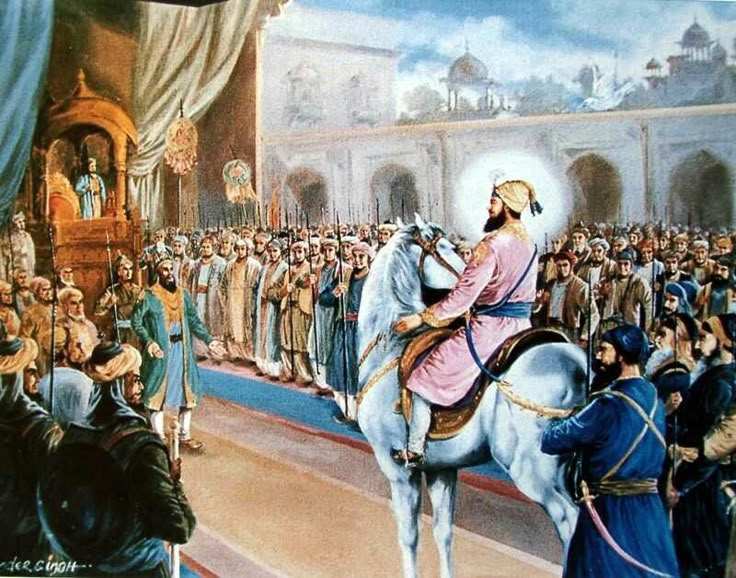
In Sikh history, Bandi Chhor Divas is a particularly auspicious day that commemorates the release of 52 kings (rajahs) from jail by Guru Hargobind Sahib Ji.
This is what took place:
- The Mughal Emperor Jahangir imprisoned Guru Ji in Gwalior Fort.
- Many Hindu monarchs were also held as prisoners, despite the fact that Guru Ji was treated with dignity.
- When Guru Ji was eventually set free, he insisted on staying until all 52 innocent kings were set free as well.
- Only those who could grasp onto Guru Ji’s cloak were allowed to depart, the monarch agreed.
- Each king grabbed onto one of the 52 tassels that Guru Ji had woven into a special cloak. Together, they were set free.
Now known as Bandi Chhor Divas (or “Day of Release”), this day frequently coincides with Diwali. Sikhs commemorate Guru Ji’s bravery, kindness, and leadership by lighting lamps and going to Gurdwaras.
Guru Hargobind Singh Ji's Sons and Their Legacy
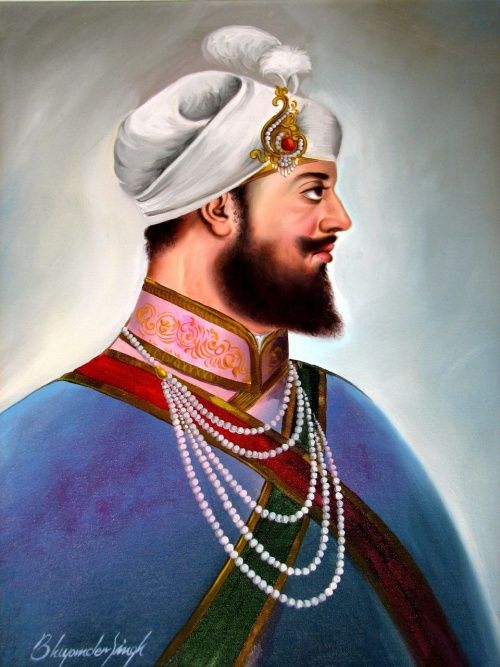
Guru Hargobind Sahib Ji had six children, including five sons:
- Baba Gurditta
- Suraj Mal
- Ani Rai
- Atal Rai
- Tegh Bahadur (later became Guru Tegh Bahadur Ji, the 9th Guru)
Baba Atal Rai, one of his sons, is renowned for his insight at an early age. Guru Tegh Bahadur Ji, another son, sacrificed his life to defend the freedom to worship any religion.
Sri Guru Hargobind Singh Ji Joti Jot Date and Final Days
On March 19, 1644, Guru Hargobind Sahib Ji departed from his physical body (Joti Jot) at Kiratpur Sahib, which is located in modern-day Punjab. His grandson, Guru Har Rai Ji, inherited the guruship from him.
Physical Stature: How Tall Was Guru Hargobind Singh Ji?
According to historical accounts, Guru Hargobind Sahib Ji was a very tall and powerful person. His height is estimated by a variety of sources and oral traditions to be between 7 feet 2 inches and 7 feet 6 inches, however there is no official or widely accepted record of his precise height.
According to a Facebook post and a mention on X.com (previously Twitter), Guru Ji was approximately seven feet tall. Furthermore, according to certain sources, he weighed about 125 kg (275 pounds).
In addition to making him stand out, his strong physique encouraged many Sikhs to embrace the warrior spirit at a period when the community was shifting toward a martial identity.
Mentorship: Who Trained Guru Hargobind Singh Ji?
Baba Buddha Ji, one of the most respected and spiritually enlightened Sikhs from the time of Guru Nanak Dev Ji, played a vital role in guiding and training Guru Hargobind Sahib Ji during his early years.
He was responsible not only for his spiritual upbringing but also for preparing him to take on the responsibilities of Guruship. Alongside him, Bhai Gurdas Ji, a renowned scholar, poet, and warrior, contributed to Guru Ji’s education in martial arts, scriptures, and strategy.
Under their mentorship, Guru Hargobind Sahib Ji developed into a strong, wise, and fearless leader, ready to defend the Sikh community both spiritually and physically.
Important Gurdwaras Associated with Guru Hargobind Sahib Ji
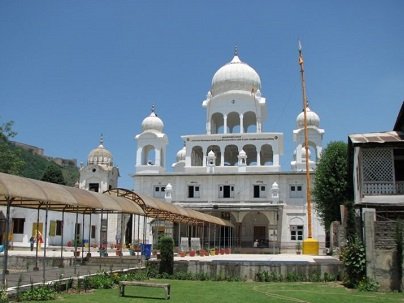
Guru Hargobind Sahib Ji visited and established many sacred places. These Gurdwaras remind us of his life, travels, battles, and teachings:
| Gurdwara Name | Location | Significance |
|---|---|---|
| Akal Takht Sahib | Amritsar | Founded by Guru Ji in 1606; the highest seat of Sikh authority. |
| Gurdwara Bandi Chhor Sahib | Gwalior, Madhya Pradesh | Marks the site of Guru Ji’s imprisonment and the release of 52 kings. |
| Gurdwara Sri Hargobindpur Sahib | Punjab | Site of the battle between Guru Ji’s Sikhs and Mughal forces. |
| Gurdwara Baba Atal Rai | Amritsar | Dedicated to Guru Ji’s son, Baba Atal Rai. |
| Gurdwara Patalpuri Sahib | Kiratpur Sahib | The place where Guru Ji spent his final days and left his physical body. |
These holy sites continue to inspire Sikhs today, reminding them of Guru Ji’s courage, faith, and leadership.

